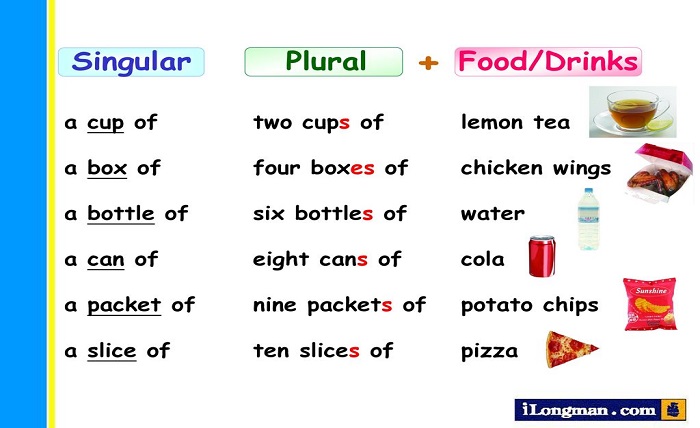The Fascinating World of Food Plurals: Exploring the Diversity of Languages

Food is a universal language that connects people from different cultures and backgrounds. It has the power to bring us together and offer a glimpse into a society’s customs & traditions. However, did you know that the way we talk about food differs across languages? In this article, we will explore the fascinating world of food plurals and how they vary in different languages.
What are Food Plurals?
In English, we use the plural form of a noun to indicate that there is more than one of something. For example, we say “apples” instead of “apple” when we refer to multiple apples. However, not all languages follow the same rules when it comes to forming plurals, especially with regards to food. For example, in some languages there are different plural forms for countable & uncountable food items.
Countable Food Plurals
Countable food items are, those that can be counted as separate units. In English, these include words like “apples,” “oranges,” and “bananas.” In some languages, such as Spanish, the plural form is created by, adding -s to the end of the noun, just like in English. However, other languages have different plural forms for different types of nouns. For example, in Italian, the plural form of “banana” is “banane,” while the plural form of “pomodoro” (tomato) is “pomodori.”
Uncountable Food Plurals
Uncountable food items are those that cannot be counted as separate units. In English, these include words like “rice,” “sugar,” and “water.” In some languages, such as French, the plural form of uncountable food items is created by adding -s to the end of the noun. For example, “du riz” (rice) becomes “des riz” in the plural form. In other languages, such as Spanish, there is no plural form for uncountable food items. For example, “arroz” (rice) remains the same in both the singular and plural form.
Regional Differences in Food Plurals
Food plurals also vary depending on the region where the language is spoken. For example, in some regions of Spain, the plural form of “café” (coffee) is “cafés,” while in other regions, it is “cafeteras.” Similarly, in some regions of Italy, the plural form of “pasta” is “paste,” while in others, it is “pasta.”
Cultural Significance of Food Plurals
Food plurals can also have cultural significance. For example, in Japanese, the plural form of “sushi” is “sushi,” regardless of the number of pieces. This reflects the Japanese cultural emphasis on precision and attention to detail. Similarly, in some cultures, such as the Turkish culture, there are different plural forms for food items, depending on the way they are prepared. For example, “mantı” (a type of dumpling) has different plural forms depending on whether it is boiled or fried.
Conclusion
Food plurals offer a fascinating glimpse into the diversity of languages and cultures. Understanding how different languages form plurals for food items can not only help us communicate better but also.. provide insights into a society’s customs & traditions. Whether it’s countable or uncountable, or regional differences in food plurals, the way we talk about food reflects the uniqueness of our language and culture. So, the next time you enjoy a meal, take a moment to appreciate the linguistic nuances of the food you are eating!
